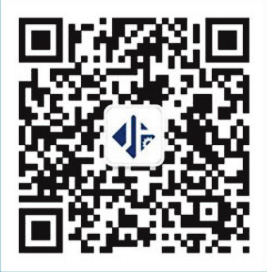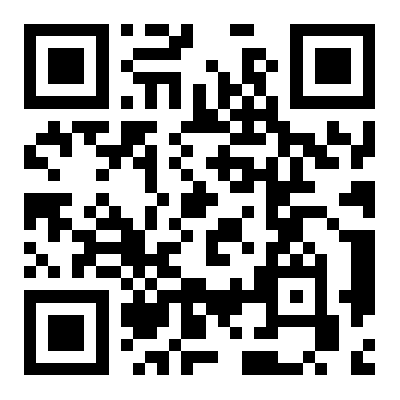What are the classification and characteristics of industrial robots? Industrial robots refer to opto mechatronics integrated production equipment composed of robotic arms (mechanical bodies), controllers, servo drive systems, and sensing devices, which can be operated, automatically controlled, and reprogrammed by humans, and can complete various operations in three-dimensional space. Especially suitable for flexible manufacturing systems with multiple varieties and batches.
Firstly, industrial robots are classified into four types based on the movement of their arms:
1. The rectangular arm can move along three Cartesian coordinates;
2. Cylindrical coordinate arms can be raised, rotated, and extended;
3. The spherical coordinate arm can rotate, pitch, and extend;
4. The articulated arm has multiple rotating joints.
Industrial robots can be divided into point type and continuous track type based on the control function of the actuator movement.
Point type only controls the precise positioning of the actuator from one point to another, suitable for machine tool loading and unloading, spot welding, and general handling and loading operations;
The continuous track type controllable actuator moves according to a given track and is suitable for continuous welding and painting operations.
Industrial robots can be divided into programming input type and teaching input type according to the program input method:
The programming input type is to transfer the programmed operating program files from the computer to the robot control cabinet through RS232 serial port or Ethernet.
There are two teaching methods for teaching input types:
One is that the operator uses a manual controller (teaching control box) to transmit command signals to the drive system, causing the actuator to execute once according to the required action sequence and motion trajectory; Another way is for the operator to directly guide the actuator to execute again according to the required action sequence and trajectory. During the teaching process, the information of the work program is automatically stored in the program memory. When the robot works automatically, the control system detects the corresponding information from the program memory and transmits command signals to the driving mechanism, enabling the executing mechanism to reproduce various actions taught. The industrial robot that teaches input programs is called teaching
Intelligent industrial robots
Industrial robots with touch, force or simple vision, capable of working in complex environments; If it has recognition function or further adds adaptive and self-learning functions, it becomes an intelligent industrial robot. It can adapt to the environment by selecting or writing programs according to the "macro instructions" given by humans, and automatically complete more complex tasks.
For more information, please contact our customer service representative at Shanghai Jinfande Intelligent Technology Co., Ltd.

151-5100-0366
156-0198-0718
company:Shanghai Jinfangde Intelligent Technology Co., Ltd.
contacts:Mr. Yuan
contact information :151-5100-0366 156-0198-0718
URL:www.jfdznkj.com

Official QR code

Scan